Managing electronics while bike touring is a challenge and power consumption can quickly add up. You find yourself rationing the use of your phone or GPS and constantly searching for a place to “plug in.” Hanging around coffee shops and bars acting like your not looking for a wall outlet can be, well, awkward to say the least. And you certainly don’t want to run out of juice when on the road. We can sympathize. We’ve been there. It’s a hassle. And one that could be avoided, if you had the right solution.
Last summer, while researching “Slovenia – a bicycle travel guide” we packed an arsenal of digital devices – mobile phone, camera(s), GoPro, iPad, etc… Although we have used dynamo powered battery chargers in the past, this year we decided to look into solar. We needed a solution that would charge on the go and not add a lot of weight to our already heavily laden bikes. Even though there are several solar chargers that would fit the bill, Waka Waka Power stood out as one we had to try. I first discovered Waka Waka on Kickstarter during our Southern Italy Bike tour last January. I backed them because a compact solar product with a built in LED flashlight seemed like a perfect power solution for bicycle travel AND Waka Waka Foundation’s mission has a social charity component – donating Waka Waka Power units to developing nations for every one sold through the Kickstarter campaign (and continuing to do so in wake of humanitarian crisises; Syria, Phillipines etc… ).
Initial Impressions
Waka Waka Power is a compact, lightweight unit -weighing in at 200g. About the size of a Smartphone, it’s small enough to put in a jersey pocket or mount atop a pannier without really noticing it’s there. The outer body is made of tough ABS plastic and housed in a water-resistant shell.
The integrated, flip-out stand can be configured to hang, stand or mount Waka Waka in a variety of positions and protects the micro USB and USB ports when closed. Dual LED flashlights operate at one of three brightness levels (or in SOS flasher mode) and are bright enough to illuminate a 2-person tent to reading levels, set up camp after dark or search for just the right spot to answer the call of nature. The minimalist design has only one switch – a large button that serves to display battery levels, start/stop discharge AND turn on/off the LED flashlights. The instruction manual that comes with Waka Waka is equally minimalist, with only basic illustrations. We like minimal. Minimal is good. The stripped down design means basic functions are intuitive after an initial inspection.
Using Waka Waka Power
Designed as a portable solar panel to power small digital devices via USB, Waka Waka is generally a good little tool. Place it in the sun, on a table top or attach it to a pannier while cycling to charge its internal 2200mAH LiPo battery. Green LED indicators display battery levels (1-4) on the top of the unit. A red charge indicator flashes a series of 1-3 flashes to indicate charge rate, depending on sunlight intensity.
After about 5-6 hours cycling with Waka Waka in full sun, we found it charged from 0 to (3 of 4 LEDs) 75% of full capacity. Less so on cloudy days. We rarely achieved 100% charge even after more than eight hours. In fact we only reached ‘full charge’ after a couple days of charging without any discharge. In conversations with the folks at Waka Waka we were told that full power is difficult to reach, and 3 of 4 LEDs indicates a charge between 75-99% of capacity. Ok, 99% is not bad, but we want it all. At first we were obsessed with the idea of achieving 100%. Quickly we stopped worrying about the charge levels, since at 3/4 we always have enough power for our daily needs. In the absence of sunlight ( I don’t know…solar eclipse?) or if you need to recharge at night, Waka Waka can be topped up via micro USB from your computer or wall outlet in about 5 hours. While a great option for a quick refill, it’s not nearly as sexy as solar charging.
Charging iPhone and GoPro, plus lighting our campsite have been our primary use for about 100 days, constantly charging and discharging each day. At a 3/4 level Waka Waka will power an iPhone or GoPro Hero3 to full blast in about 2 hours, and still have enough juice to run the flashlights for several hours. Attempts to power iPad (v.3) had only minor success – reaching a meager 10% from a fully charged Waka Waka. Since iPad has such a huge power draw this wasn’t a big disappointment. iPad Mini should fare slightly better, but we haven’t tested it. Other devices tested were DSLR (Nikon D5100) and Point and Shoot Camera ( Canon Powershot) batteries. Since battery consumption for still cameras is much less than mobile phones, GPS or video ( especially GoPro Hero3) cameras, and we carry multiple extra batteries for each camera, we rarely used Waka Waka for these devices. Instead we relied on charging our multiple camera batteries at wall outlets, which lasts several days at a time. Still, when needed, Waka Waka fared well in both cases.
The Verdict: Recommend
The design, price and ease of use stand out as high points, as well as Waka Waka Foundation’s commitment to social charity. It feels good supporting a product that supports the needs of other people. We would love to see a solar charger of this size that could produce even more juice to power hungry devices, like iPad, but the price and form factor most likely would increase exponentially. In the end, we found Waka Waka Power a nice addition to our touring kit, even if it hasn’t fully solved all of our power needs. Compared to other solar chargers with a larger form factor (read, “heavier“) and a higher cost with little to no more effectiveness, we are happy with the performance.
Review Overview
Price - 90%
Ease of use - 90%
Design - 90%
Effectiveness - 80%
Cool factor - 85%
87%
The verdict: Recommend
Waka Waka specs
Dimensions : 121 x 17 x 78 mm
Weight : ~200 grams
Connectors : 500 mAh micro USB in & 1A USB out
LED : 0.5W A-brand, 120 lumen/Watt
Indicators : 4 battery LEDs
: 1 solar charge LED
: 1 USB charge indicator LED
Battery : 2200 mAh LiPo
Solar cell : super efficient solar panel
Price: €59.00 / $69.00
 Two Wheel Travel Mapping the bicycle travel revolution
Two Wheel Travel Mapping the bicycle travel revolution
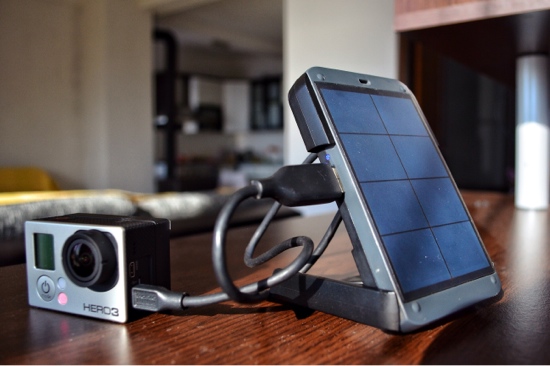
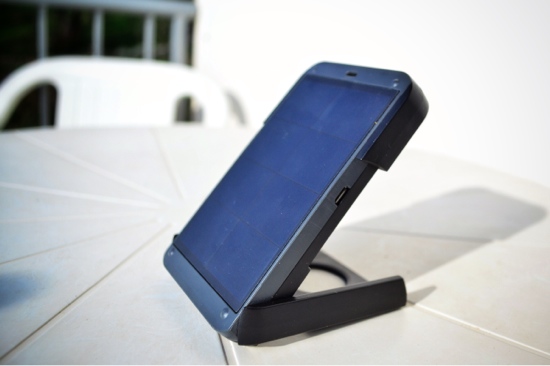
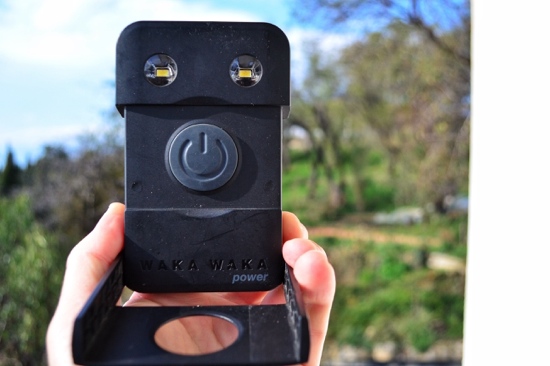
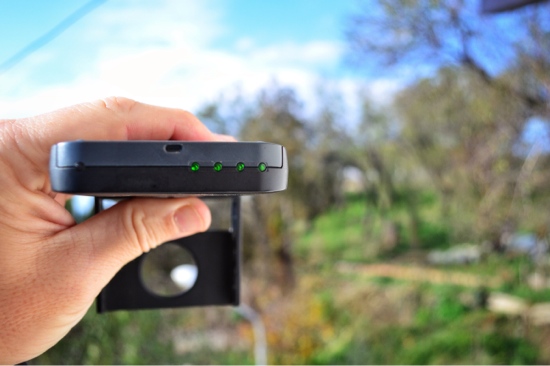

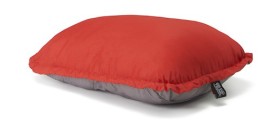


Thanks for the article. How would you charge your digital cameras using this solar panel? Do they allow USB charging? I have been looking for this feature in small cameras so I could charge them with my hub dynamo, but I have found nothing suitable.
Hi Jose,
We’re using DSLR’s not point and shoot cameras, so I don’t know what you can find that will charge a battery while inside a P&S camera, but for bigger DSLR’s look at something like this:
http://www.camera-battery.de/nikon/d/nikon-d5100/battery-charger-w-micro-usb-f-nikon-d5100.php
As long as you use a dyno-charger that has a buffer between the dyno and the battery charger there should be little problem, otherwise use a Waka-Waka or similar solar charger to top up.
Hope that helps 🙂
~tyler
Hi guys, thanks for the article, I was juts wondering how you used the Waka Waka to charge the D5100. I have one and this is a problem I’m trying to overcome. The Nikon D5100 battery can only be charged in a socket can’t it? Or can you charge the D5100 battery through USB somehow? Thanks
The above link is now dead, but try this:
http://www.amazon.com/PowerSmart%C2%AE-Battery-Charger-EN-EL14-EN-EL14e/dp/B00G530XZS
Ah, thank you!